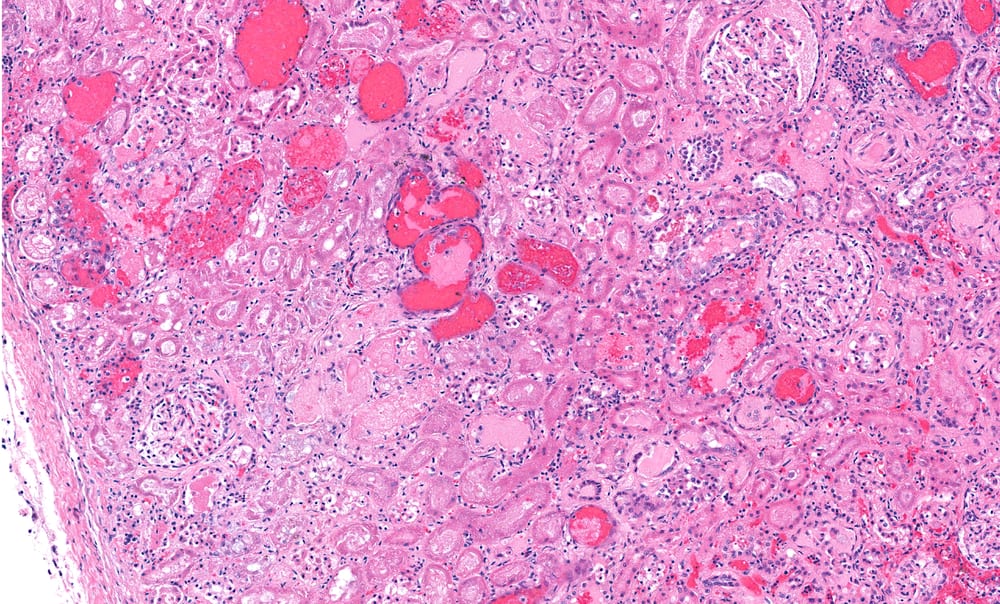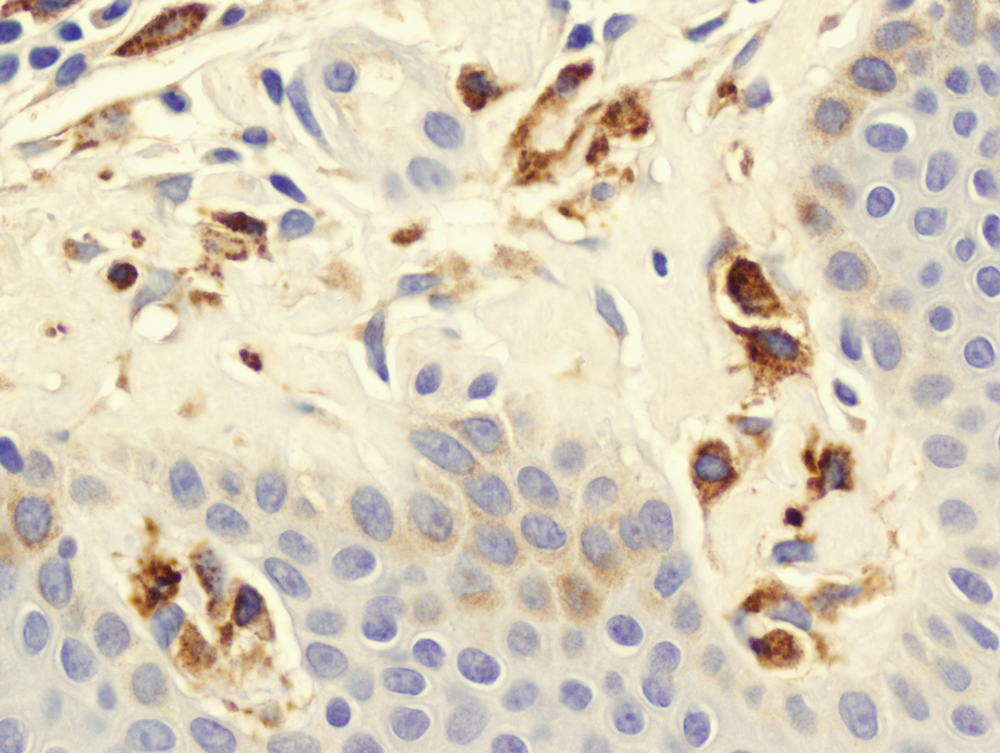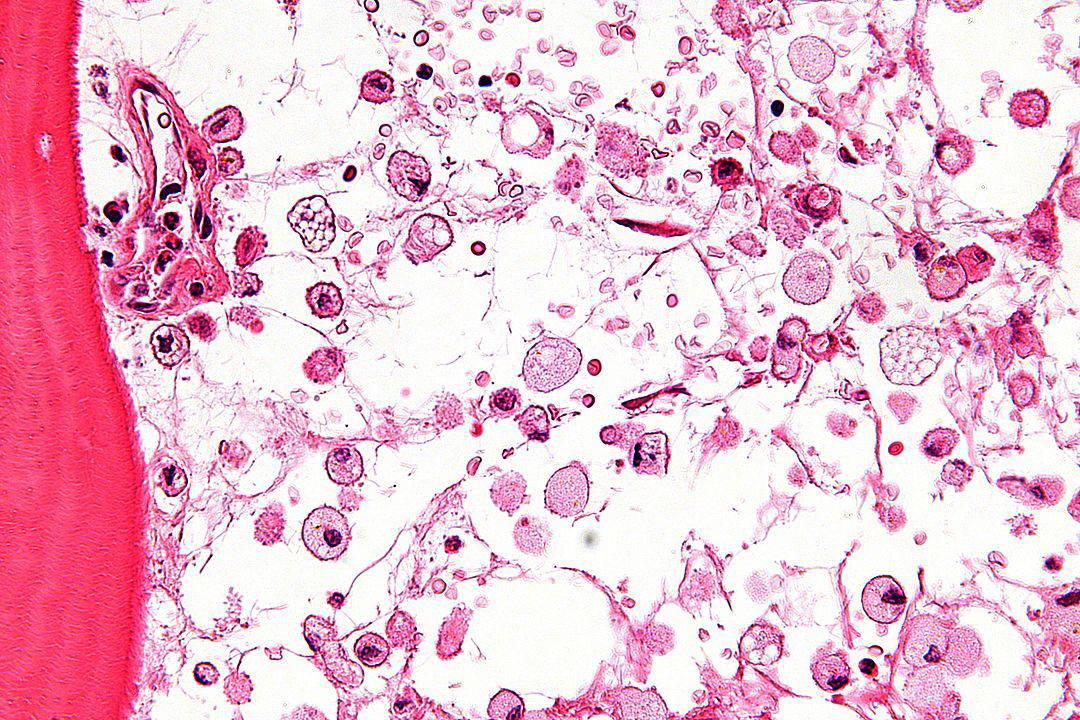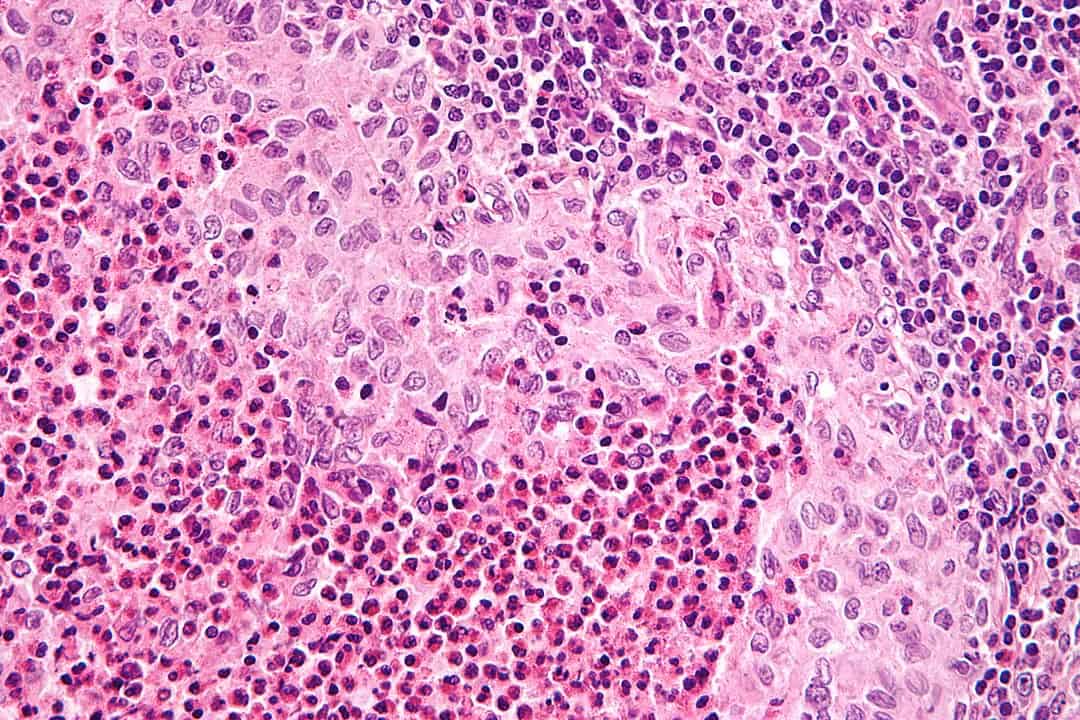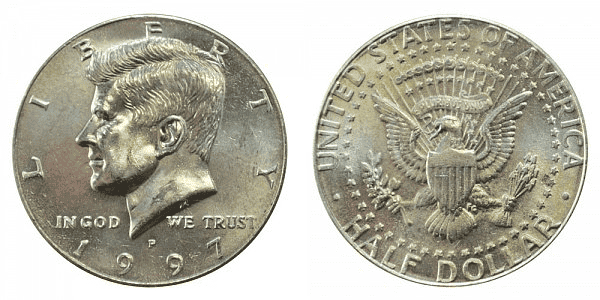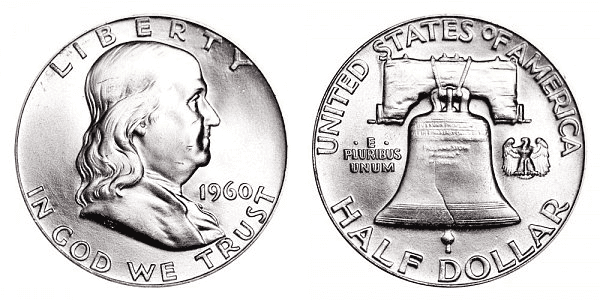Blood diseases affect millions of people worldwide, impacting their health and quality of life. In the United States, certain blood disorders are incredibly rare, posing significant challenges for patients and healthcare providers alike. In this article, we’ll delve into the realm of hematology to uncover the 13 rarest blood diseases in the US, shedding light on these often overlooked conditions and their impact on those affected.
Acute Promyelocytic Leukemia (APL)
 Image Editorial Credit: Jarun Ontakrai / Shutterstock
Image Editorial Credit: Jarun Ontakrai / Shutterstock
APL is a subtype of acute myeloid leukemia distinguished by its association with a specific chromosomal translocation involving the retinoic acid receptor alpha. This form of leukemia is rare, representing about 10% of acute myeloid leukemia cases. It is highly treatable with a combination of all-trans retinoic acid and chemotherapy, leading to high remission rates.
Hemophagocytic Lymphohistiocytosis (HLH)
 Image Editorial Credit: Nephron / Wikimedia Commons
Image Editorial Credit: Nephron / Wikimedia Commons
HLH is a rare but severe immune disorder characterized by overactivation of immune cells, leading to severe inflammation and organ damage. It can be inherited or secondary to infections, malignancies, or autoimmune diseases. The exact prevalence is unclear, but it is considered very rare in the general population.
Hairy Cell Leukemia (HCL)
 Image Editorial Credit: Medtech THAI STUDIO LAB 249 / Shutterstock
Image Editorial Credit: Medtech THAI STUDIO LAB 249 / Shutterstock
Hairy Cell Leukemia is a rare type of chronic leukemia that progresses slowly. It affects B-cells and is called “hairy” due to the fine projections on the cell surface. It comprises about 2% of all leukemia cases and responds well to treatment, though it is considered incurable.
Essential Thrombocythemia (ET)
 Image Editorial Credit: Arif biswas / Shutterstock
Image Editorial Credit: Arif biswas / Shutterstock
Essential Thrombocythemia is a myeloproliferative disorder characterized by the excessive production of platelets by the bone marrow. It is a rare condition, with an estimated incidence of about 0.5 to 2.5 cases per 100,000 people per year. It can lead to significant thrombotic or bleeding complications.
Polycythemia Vera (PV)
 Image Editorial Credit: The Armed Forces Institute of Pathology (AFIP) / Wikimedia Commons
Image Editorial Credit: The Armed Forces Institute of Pathology (AFIP) / Wikimedia Commons
Polycythemia Vera involves the overproduction of red blood cells and is another myeloproliferative disorder. It is slightly more common than essential thrombocythemia, with an incidence of about 2 to 3 cases per 100,000 people annually in the United States. It increases the risk of thrombosis and requires lifelong monitoring and treatment.
Myelodysplastic Syndromes (MDS)
 Image Editorial Credit: LindseyRN / Shutterstock
Image Editorial Credit: LindseyRN / Shutterstock
MDS are a group of disorders caused by poorly formed or dysfunctional blood cells due to a malfunction in the bone marrow. They are relatively rare, with an incidence of about 4.5 cases per 100,000 people per year, which increases significantly in older populations. MDS can progress to acute leukemia.
Cryoglobulinemia
 Image Editorial Credit: LindseyRN / Shutterstock
Image Editorial Credit: LindseyRN / Shutterstock
Cryoglobulinemia, the presence of abnormal proteins in the blood that precipitate at reduced temperatures, is rare. It often manifests with vasculitis and is associated with conditions like hepatitis C. The exact prevalence is unknown but considered low.
Mastocytosis
 Image Editorial Credit: Nephron / Wikimedia Commons
Image Editorial Credit: Nephron / Wikimedia Commons
Mastocytosis involves the proliferation of mast cells and can vary from benign skin lesions to systemic involvement. It is very rare, with systemic mastocytosis, which affects multiple organs, being less common than the cutaneous form.
Waldenström Macroglobulinemia
 Image Editorial Credit: Saiful52 / Shutterstock
Image Editorial Credit: Saiful52 / Shutterstock
This is a type of non-Hodgkin lymphoma characterized by an excess of abnormal white blood cells producing large amounts of IgM antibody. It is rare, with an incidence of approximately 3 cases per million people per year.
Hemolytic Uremic Syndrome (HUS)
 Image Editorial Credit: vetpathologist / Shutterstock
Image Editorial Credit: vetpathologist / Shutterstock
HUS is a rare condition mostly affecting children, characterized by the destruction of red blood cells, failure of the kidneys, and low platelet count. It often follows an infection by specific strains of E. coli. The incidence is about 2 cases per 100,000 children annually in the United States.
Systemic Mastocytosis
 Image Editorial Credit: LindseyRN / Shutterstock
Image Editorial Credit: LindseyRN / Shutterstock
This is a form of mastocytosis where mast cells accumulate in internal organs, such as the liver, spleen, bone marrow, and small intestines. It is extremely rare, with specific incidence rates hard to determine, but significantly less common than cutaneous forms.
Gaucher Disease
 Image Editorial Credit: Nephron / Wikimedia Commons
Image Editorial Credit: Nephron / Wikimedia Commons
Gaucher Disease is a genetic disorder resulting from a deficiency in the enzyme glucocerebrosidase, leading to lipid accumulation in cells and organs. It is the most common lysosomal storage disease but still rare, with an incidence of about 1 in 50,000 to 100,000 in the general population.
Langerhans Cell Histiocytosis (LCH)
 Image Editorial Credit: Nephron / Wikimedia Commons
Image Editorial Credit: Nephron / Wikimedia Commons
LCH involves the proliferation of Langerhans cells, which can lead to lesions in various organs. It is considered a rare disease, with an incidence of about 4 to 5 cases per million children annually. The disease can range from isolated bone lesions to multi-system disease.
This article is originally appeared on Rarest.org
More from Rarest.org
1997 Kennedy Half Dollar Value Guide
Provided by Rarest.org
The 1997 Kennedy half dollar is made of 75% copper and 25% nickel. However, there’s also a special proof set of the 1997 Kennedy half dollar made of 90% silver and 10% copper. Read More
10 Rarest Cattle Breeds in the World
Provided by Rarest.org
Across the globe, cattle have been bred and cherished for centuries, each breed with its own unique characteristics and heritage. However, some breeds stand out not only for their distinct features but also for their rarity. In this article, we delve into the world of cattle breeding to explore the 10 rarest cattle breeds on the planet. Read More
1960 Franklin Half Dollar Value Guide
Provided by Rarest.org
The 1960 half dollar is a coin struck by the United States Mint in 1960. It is made of silver, and as an old coin, it carries a great deal of premium. Read More

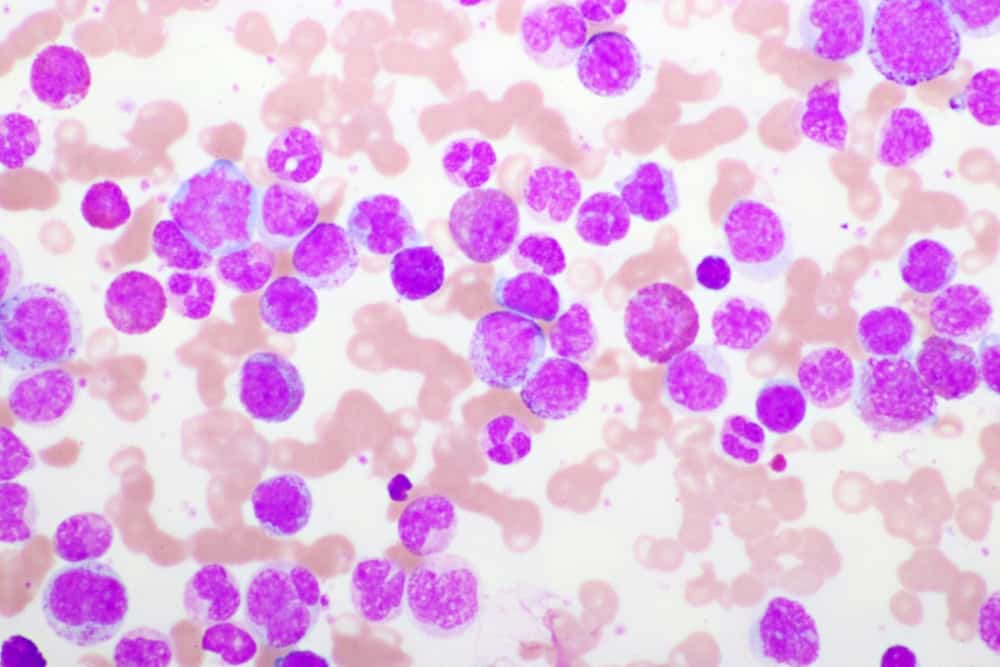
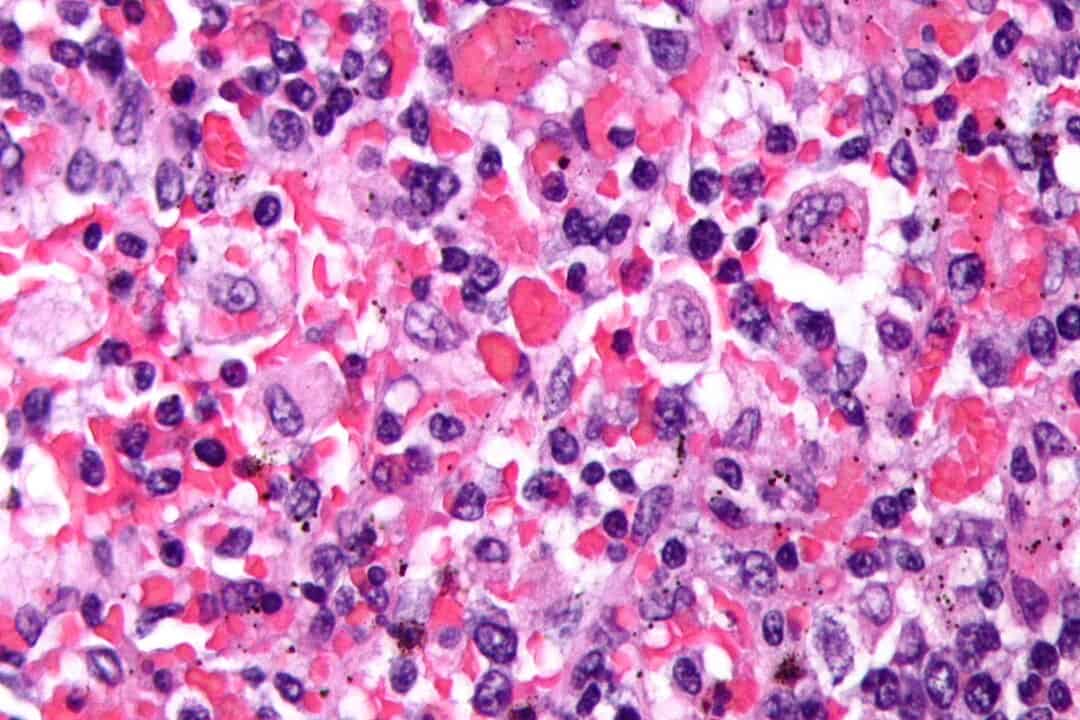
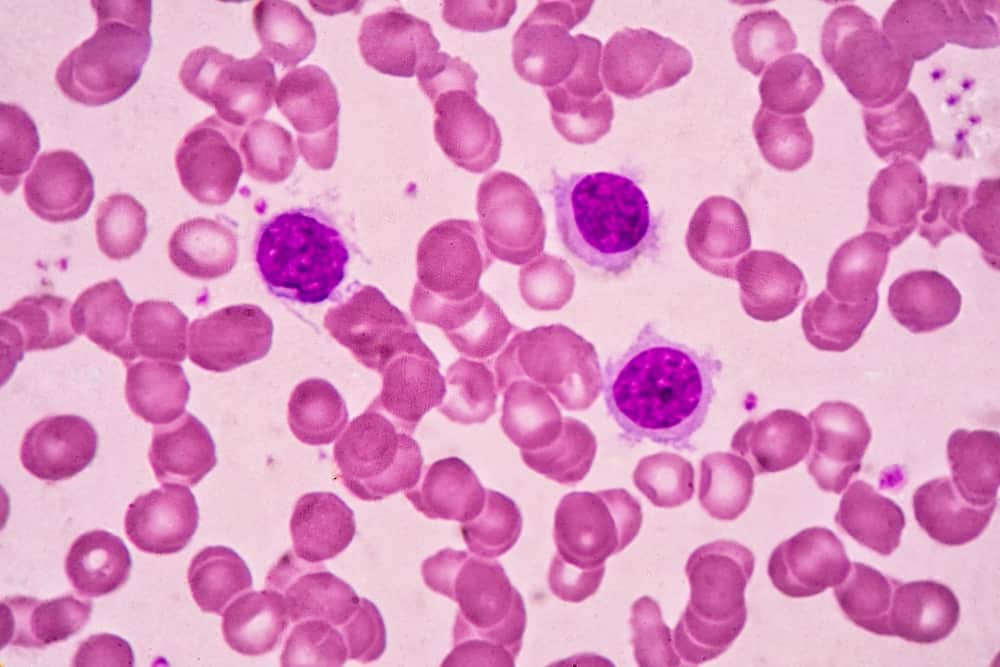
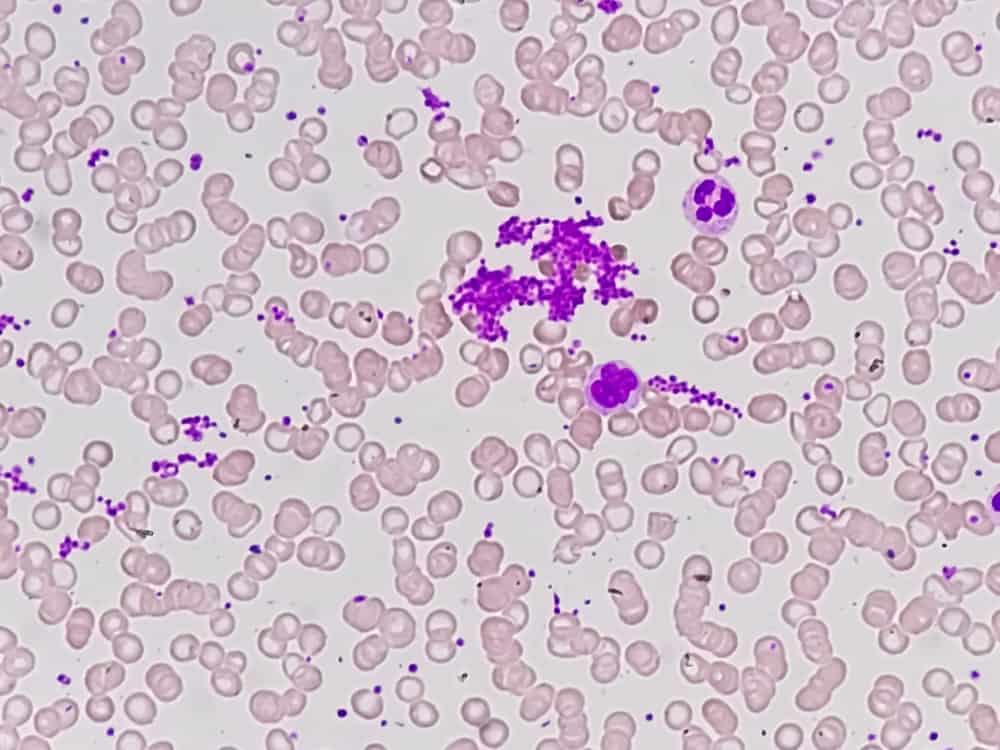
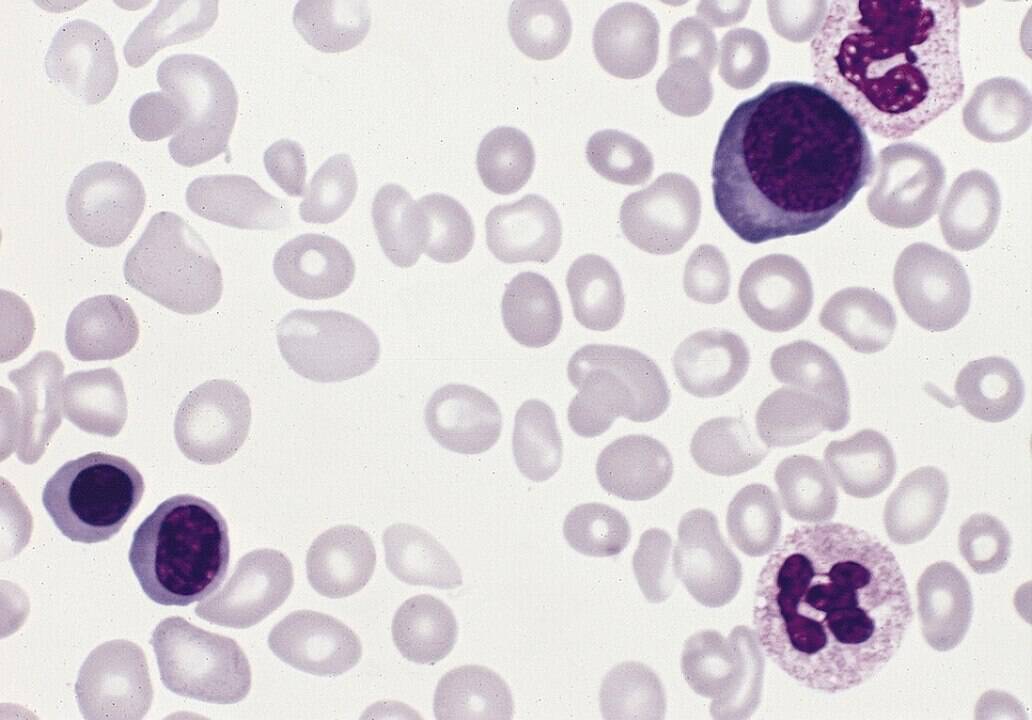
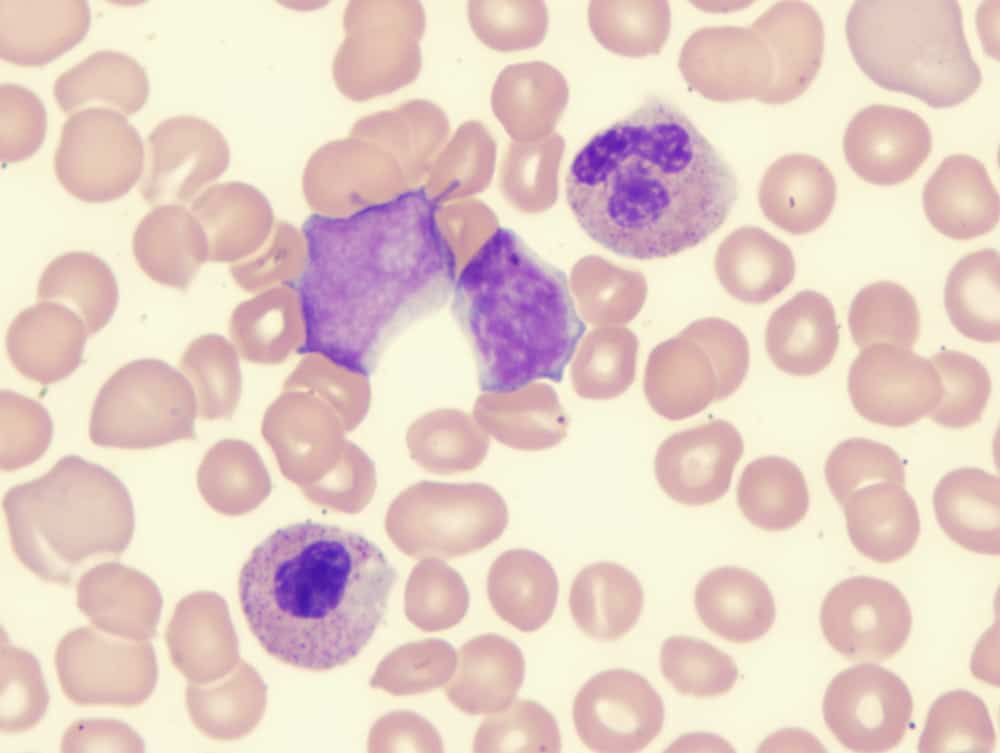
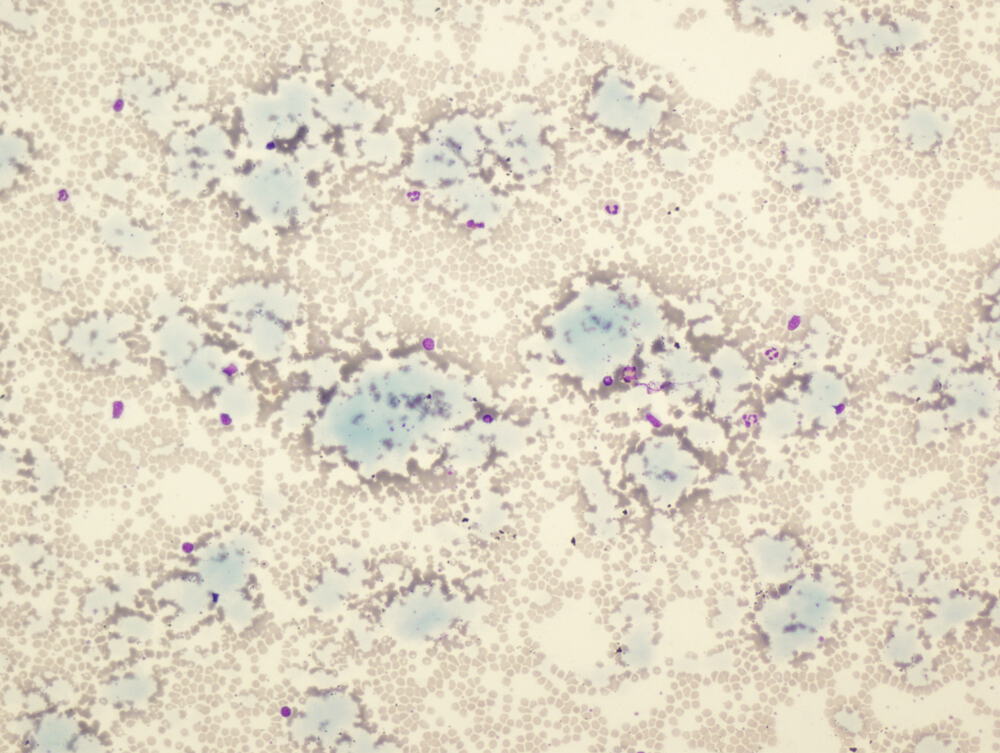
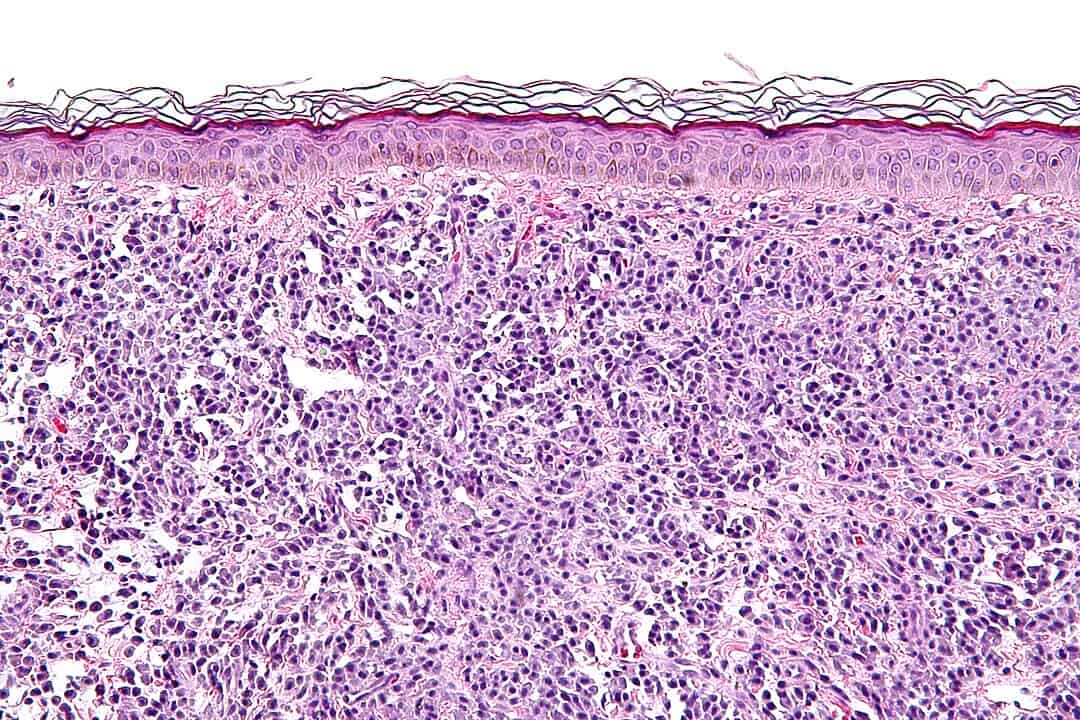
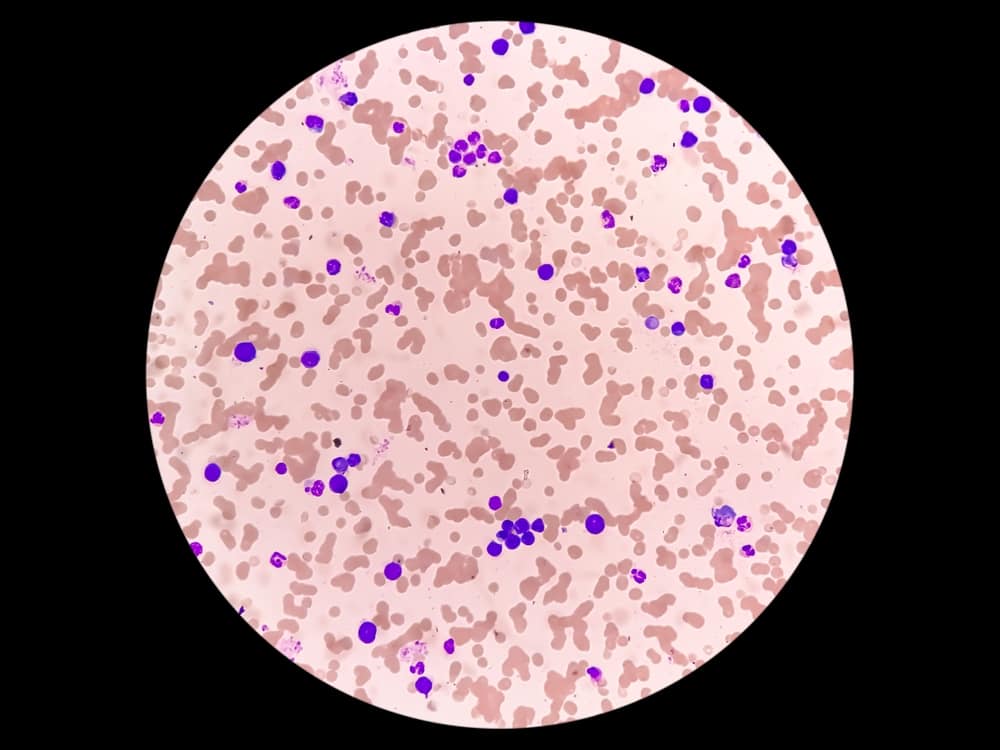 Image Editorial Credit:
Image Editorial Credit: 